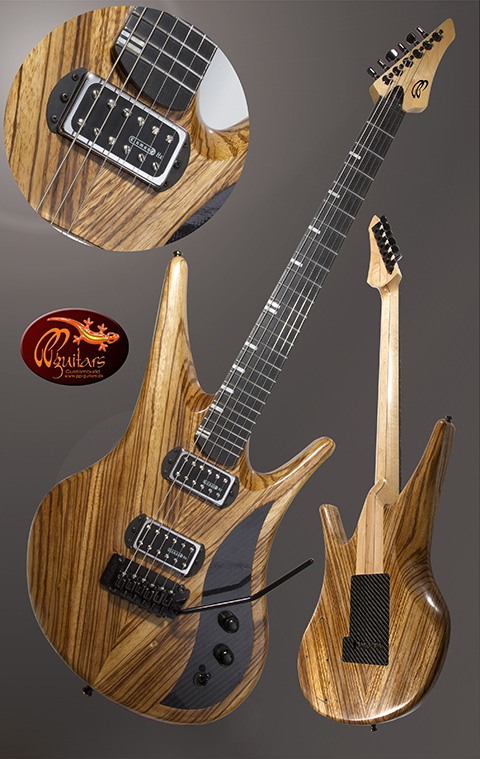Good Morning All,
I was just down the timber yard getting some very normal stuff when I spotted an odd piece in the corner. It was zebrano and the lad let me have it for €15 for his coffee fund and then cut it for me. So I now have two pieces each of 3' x 8" x 2". I would like to double that by getting the thickness down to 1" or even 3/4". However, having seen how his chain saw laboured while slicing it up, I quickly realised that I need access to a powerful bandsaw for that job.
So that leaves the normal hand tool work. Has anybody any experience with planing and sawing zebrano? I'm assume that extremely sharp edges is the minimum before even looking at it but any advice would be welcome.
I was just down the timber yard getting some very normal stuff when I spotted an odd piece in the corner. It was zebrano and the lad let me have it for €15 for his coffee fund and then cut it for me. So I now have two pieces each of 3' x 8" x 2". I would like to double that by getting the thickness down to 1" or even 3/4". However, having seen how his chain saw laboured while slicing it up, I quickly realised that I need access to a powerful bandsaw for that job.
So that leaves the normal hand tool work. Has anybody any experience with planing and sawing zebrano? I'm assume that extremely sharp edges is the minimum before even looking at it but any advice would be welcome.



































